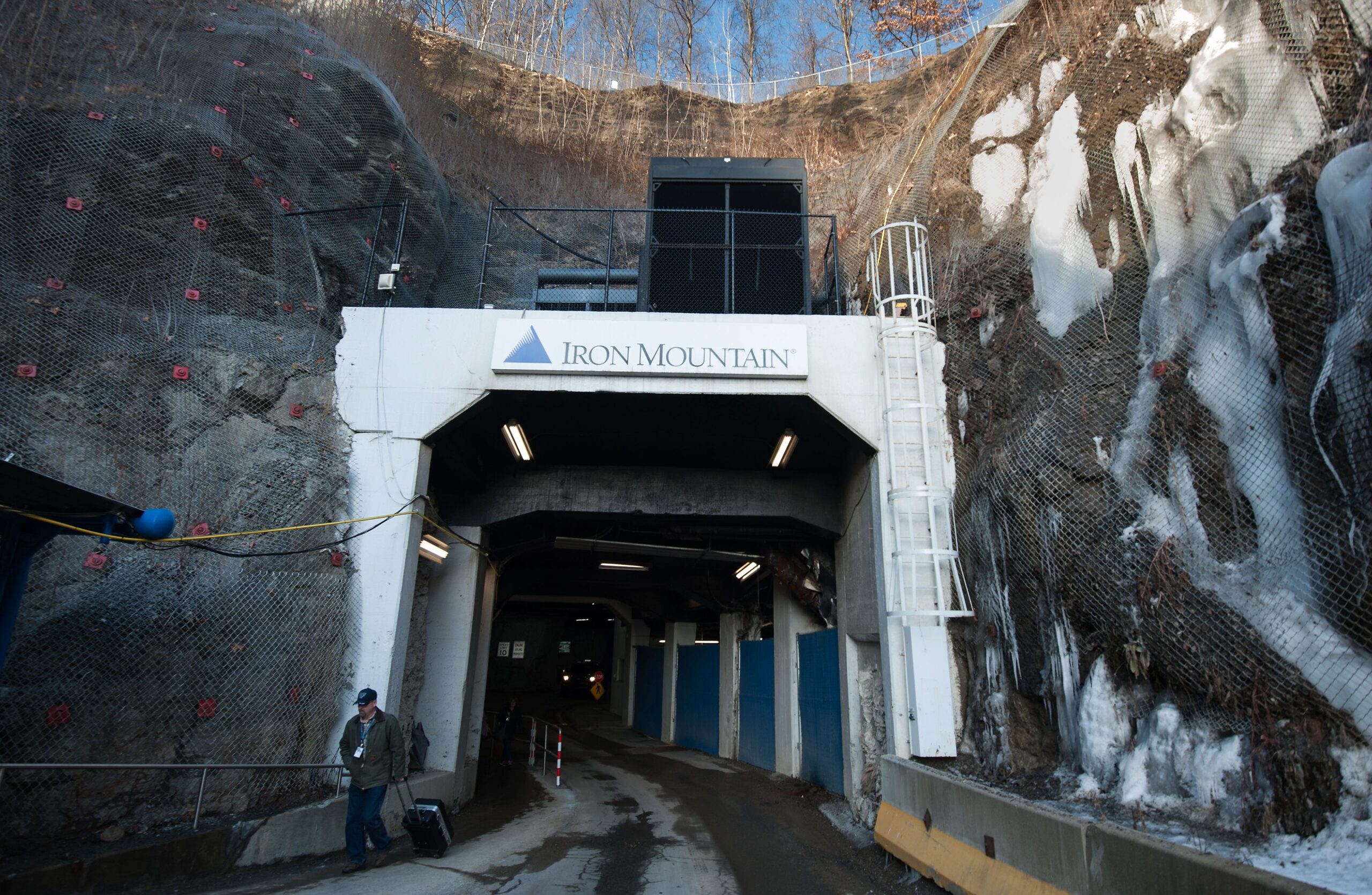
Elon Musk’s Revelation: The Analog Age Persistence in Federal Government Retirement Processing
In the depths of a former limestone mine, approximately 230 feet below the surface of western Pennsylvania, lies an anachronism: the Retirement Operations Center of the Office of Personnel Management (OPM). Far removed from the technological advancements shaping the modern workplace, this subterranean facility processes retirement applications for federal employees in an entirely manual, paper-based system.
"All the retirement paperwork is manual, on paper," remarked Elon Musk, the tech industry titan and advisor to President Donald Trump, during a press conference in the Oval Office. "It’s like a time warp… Doesn’t that sound crazy?"
Musk’s comments drew attention to the inefficiencies and outdated practices that persist within the federal government, particularly in the area of retirement processing. While countless government operations have embraced automation and digital solutions, the OPM’s Retirement Operations Center remains a holdout in the analog age.
The Physical Journey of Paperwork
Each day, trucks laden with paper files descend into the mine, carrying the retirement applications of federal employees. Inside the cavernous depths, workers manually pass these documents from cavern to cavern, meticulously examining each line of data. This arduous process, despite multiple attempts at automation over the years, has left the OPM struggling to keep pace with the increasing number of retirement applications.
Challenges and Backlogs
The OPM’s goal is to process applications within 60 days and maintain a backlog of no more than 13,000 unprocessed claims. However, the department has consistently fallen short of these targets. In January 2025, for example, the OPM received over 16,000 new retirement claims but processed only 6,700. The backlog has consistently exceeded 13,000 claims for months.
A 2023 report by the OPM’s Office of the Inspector General identified three primary causes for the delays: the reliance on paper-based applications, insufficient staffing, and incomplete applications. When errors or missing information occur, claims can take over 100 days to process.
Modernization on the Horizon?
Despite the persistent challenges, there have been recent indications that the OPM is exploring modernization initiatives. In 2014, the Washington Post reported that some aspects of the process were being automated. Last summer, the Federal News Network announced that the OPM was testing a pilot online retirement application.
However, the complete modernization of the retirement processing system remains a distant goal. According to the 2023 inspector general report, the OPM is still evaluating methods to enhance efficiency at the Boyers facility.
Elon Musk’s Call for Reform
Musk’s critique underscores the need for a comprehensive review and modernization of government processes. He argues that the archaic practices employed at the OPM are a drain on resources and a hindrance to efficiency. By embracing technology and streamlining operations, the government can reduce costs, improve accuracy, and better serve federal employees.
Musk’s comments have sparked a renewed discussion about the future of government bureaucracy and the role of technology in improving its effectiveness. As the government faces increasing pressure to reduce costs and enhance efficiency, the OPM’s retirement processing system stands as a glaring example of the need for transformative change.
